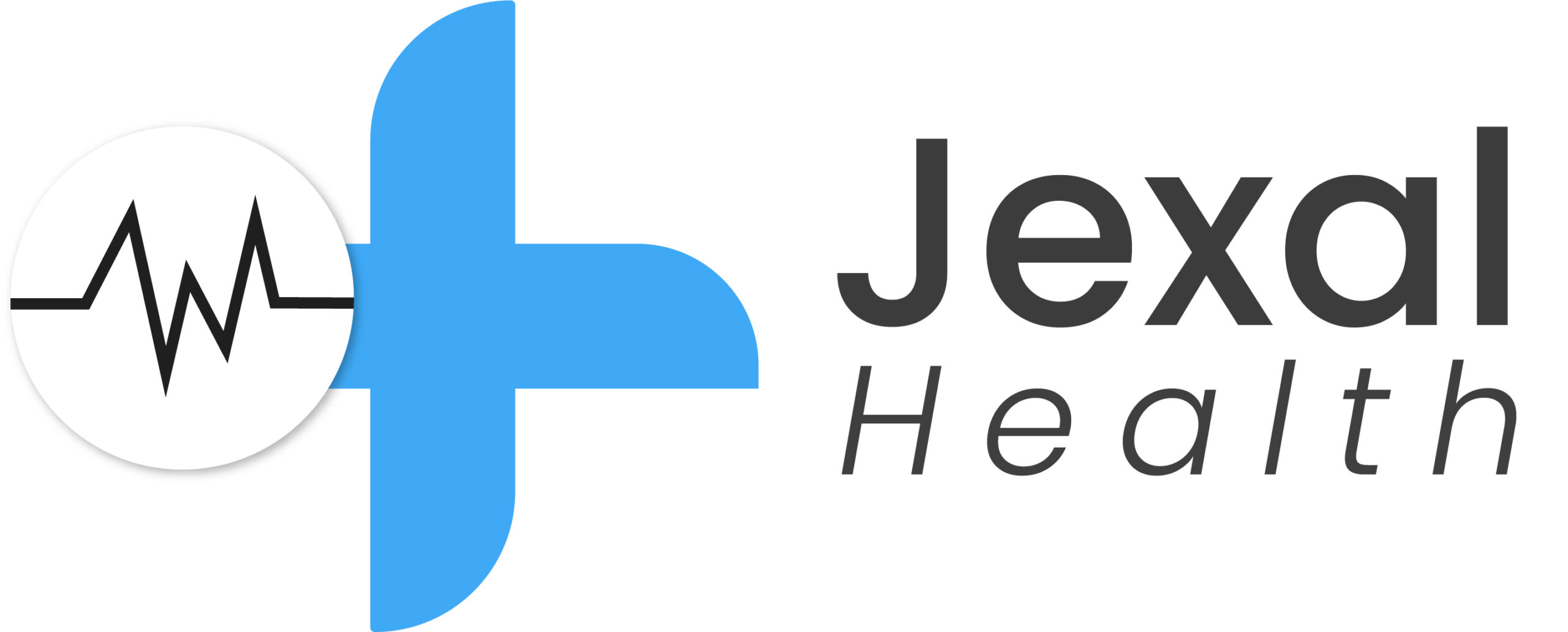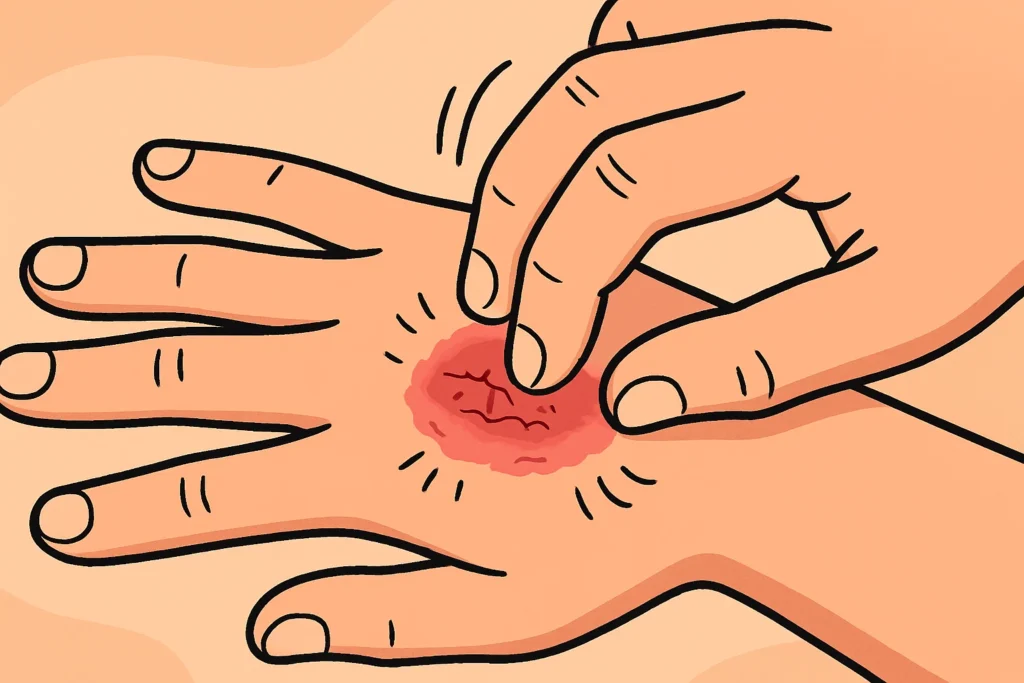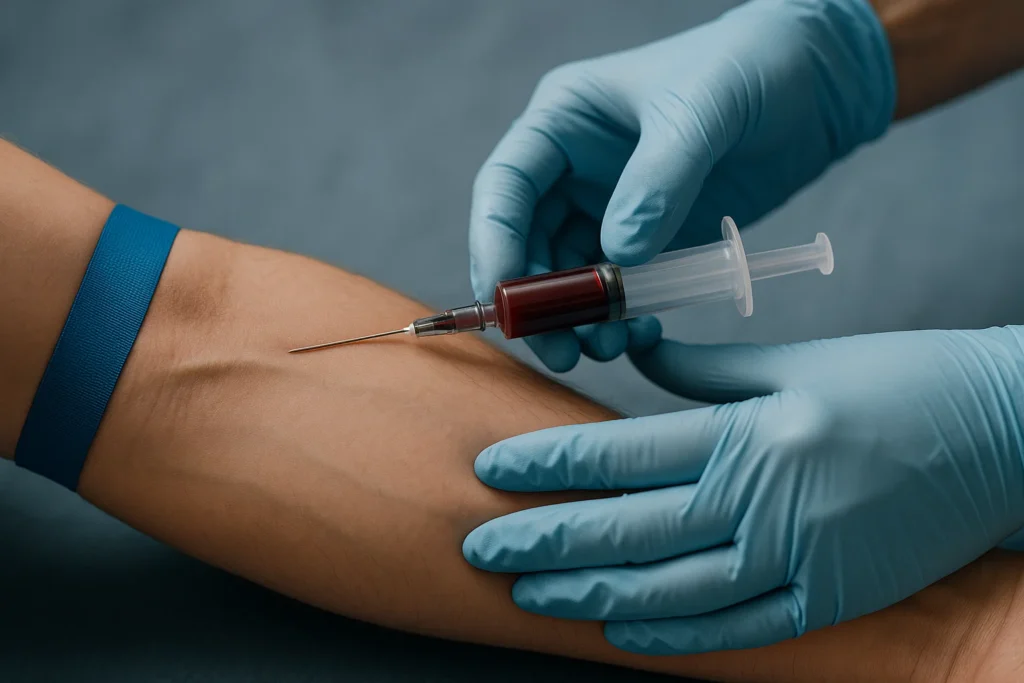Scrub Chic: How to Style Medical Attire Without Losing Comfort or Professionalism
When you think of medical attire, your mind probably jumps to plain, boxy scrubs in dull shades of blue or green. But for today’s healthcare professionals—especially women—those days are long gone. Style and function can absolutely coexist, even in the busiest hospital corridors or longest clinic shifts. Whether you’re a student nurse, a seasoned provider, or somewhere in between, knowing how to style your medical wear can boost your confidence, enhance comfort, and even elevate the way patients perceive you. Let’s face it: how we present ourselves matters. While medical uniforms are first and foremost about hygiene and safety, that doesn’t mean they can’t also reflect your personality or help you feel good while doing difficult work. A well-fitted scrub top or a sleek lab coat can change how you feel the moment you put it on—and that feeling can carry you through a tough shift. In this guide, we’ll break down the essentials of styling medical attire with intention—starting with the right fit, smart color choices, functional accessories, and finishing touches that combine comfort with undeniable polish. Always try on scrubs before committing to a full set, and don’t be afraid to mix sizes between tops and bottoms. The more personalized the fit, the more put-together your overall look will be—even if you’re just running between patient rooms all day. Fit Matters More Than You Think One of the most overlooked aspects of medical style is fit. Many assume scrubs are supposed to be shapeless, but that couldn’t be further from the truth. Ill-fitting scrubs can not only feel uncomfortable throughout a long shift, but they can also undermine your confidence. Baggy pants that drag or bunch up, or boxy tops that hide your shape, don’t serve your comfort—or your style. Instead, look for modern scrub sets that offer tailored cuts designed for women’s bodies. Princess seams, slightly cinched waists, and stretchy, performance fabrics are game-changers. Jogger-style bottoms with high-rise elastic waistbands are flattering and functional, allowing for a full range of motion without slipping or riding up. The goal is not to wear tight clothing, but clothing that moves with you while still providing shape and structure. Always try on scrubs before committing to a full set, and don’t be afraid to mix sizes between tops and bottoms. The more personalized the fit, the more put-together your overall look will be—even if you’re just running between patient rooms all day. Color and Contrast: Elevate the Basics Scrub colors used to be limited to navy, black, and surgical green, but that’s rapidly changing. Today, more workplaces are relaxing their color policies, giving you space to express yourself through your uniform—within professional boundaries, of course. Rich jewel tones like burgundy, emerald, and sapphire are excellent for adding depth while remaining classy. Earth-toned hues like terracotta, olive, or steel blue give off a grounded, serene energy perfect for clinical environments. If you’re required to wear a specific color, look for subtle design elements like tonal stitching, piped seams, or textured side panels to elevate the look. Matching doesn’t have to mean boring either. Pair a charcoal top with heather gray joggers, or mix light lavender bottoms with a white top. The key is balance: keep one piece more neutral if the other has a pop of color or detail. This helps you maintain a clean, coordinated appearance while still showcasing your individual style. Layer Like a Pro: Lab Coats and Underscrubs Layering is where medical fashion starts to feel sophisticated. A well-structured lab coat adds instant authority and polish to your look. Skip the oversized, shapeless coats that drown your frame and opt for fitted options with darts, cinched waists, or adjustable belts. Notched lapels, subtle shoulder seams, and deep functional pockets combine elegance with practicality. Don’t stop at lab coats—think about what you wear under your scrubs too. In colder months or air-conditioned environments, long-sleeve base layers can help regulate your body temperature without adding bulk. Moisture-wicking underscrubs or compression tops are breathable, fitted, and available in colors that can subtly peek out beneath your sleeves for added dimension. In the summer, opt for lightweight, mesh-paneled tops or moisture-resistant materials that stay breathable during long hours on your feet. Choose layers that stretch and move with you, and ensure they’re easy to wash and quick to dry. Accessorize Intentionally In healthcare, accessories need to be more than just cute—they need to be safe, durable, and purposeful. Still, that doesn’t mean you can’t have fun with them. Start with your badge reel. This little item gets seen dozens of times per day, and it’s a perfect opportunity to add some personal flair. Whether it’s floral, glittery, motivational, or themed around your favorite show, a good badge reel can brighten your uniform and your mood. Silicone bands, smart watches, or antimicrobial jewelry are also popular for adding subtle personality while staying functional. And let’s talk about compression socks. These unsung heroes come in a wide variety of prints and colors. They’re vital for leg circulation during long shifts and serve as a hidden pop of fun beneath your scrubs. Hair accessories are another key style element. Satin scrunchies, colorful headbands, and braided elastics can keep your hair in place and tie your look together—literally. Choose options that are machine-washable and made from materials that won’t irritate your scalp or slide during movement. Shoes That Work and Wow Shoes are where fashion and function intersect most critically in a nurse’s wardrobe. If your feet aren’t happy, you’re not going to be happy—plain and simple. The good news? You no longer have to sacrifice appearance for support. White sneakers remain a top choice for their clean look and match-everything appeal. However, nursing shoes today come in a range of colors and styles—some with subtle glitter, pastel accents, or rose gold detailing—that still comply with uniform standards. Whether you prefer lace-ups, clogs, or slip-ons, the key is selecting shoes with memory foam soles, arch support, and slip-resistant soles. Wearing stylish shoes also encourages you








